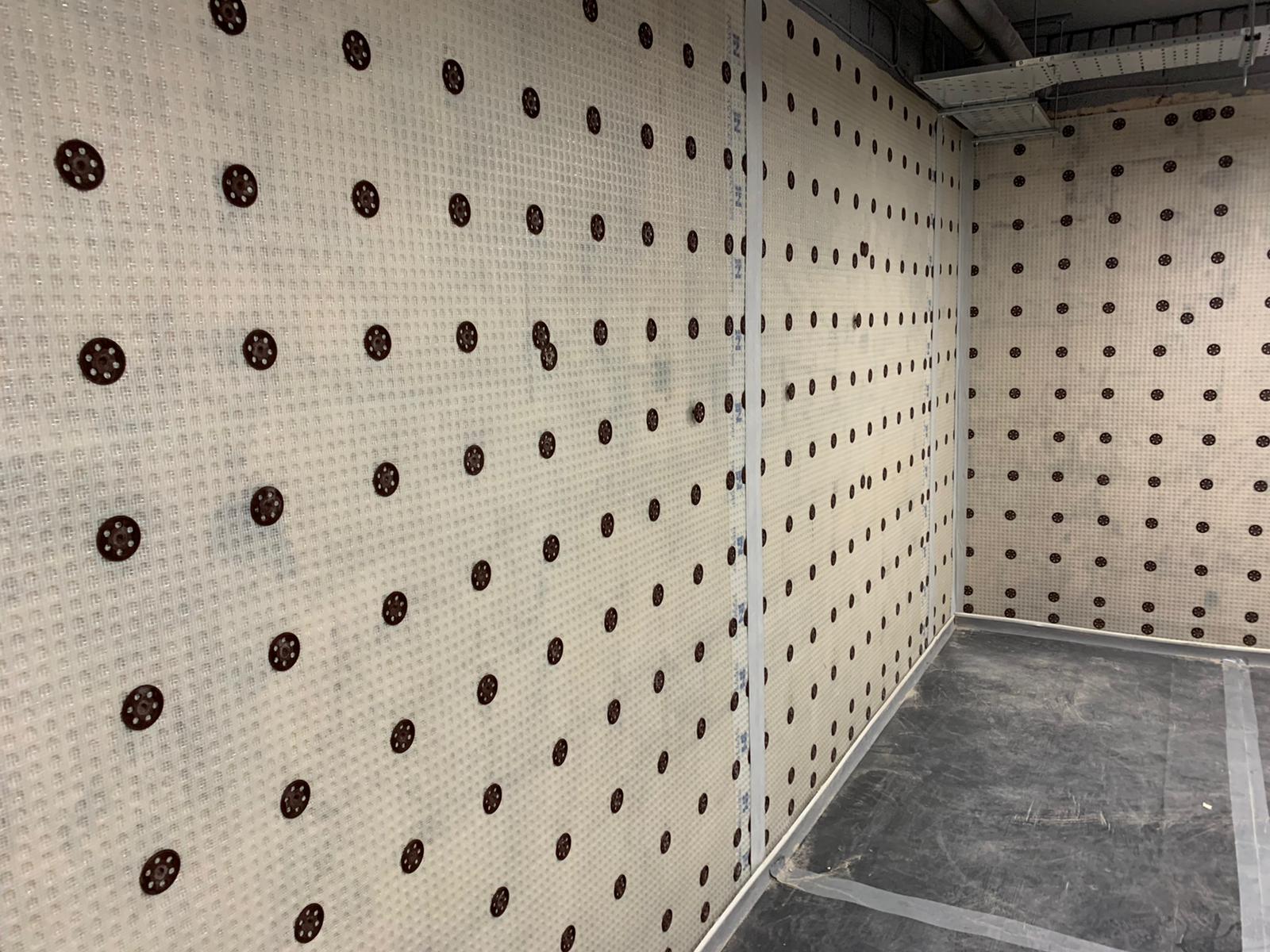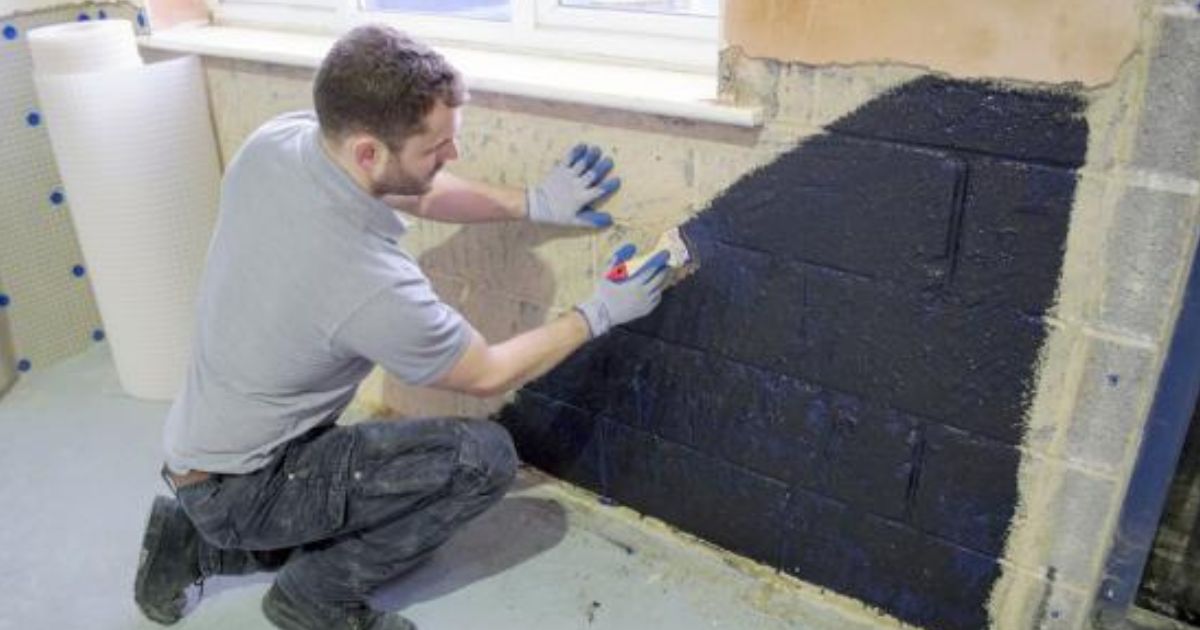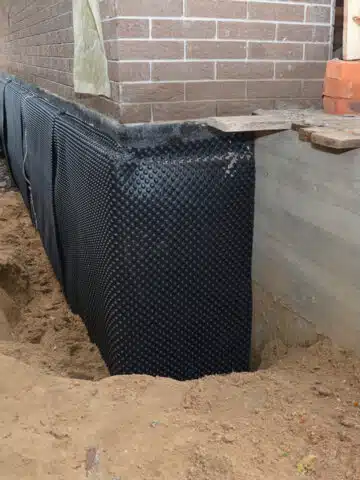7 Proven ways to manage humidity with mould treatment newcastle
7 Proven ways to manage humidity with mould treatment newcastle
Blog Article
Exploring the Numerous Techniques and Solutions for Effective Damp Proofing
Moisture in buildings poses significant challenges to both structural integrity and interior air top quality. Various strategies and services have emerged to combat this prevalent issue. From conventional damp-proof membrane layers to ingenious chemical therapies, each method supplies special benefits. Recognizing these alternatives is necessary for reliable dampness control. However, choosing the right option depends on certain structure problems and requirements, motivating further exploration into one of the most effective damp proofing strategies readily available.
Recognizing the Causes of Moisture
Although wetness can develop from different sources, comprehending these causes is essential for efficient remediation. Commonly, moisture originates from three main resources: rising wet, penetrating moist, and condensation. Rising moist occurs when groundwater travels up through permeable products, such as brick or stone, usually due to an absence of an effective obstacle (mould removal newcastle). Passing through wet is usually triggered by outside factors, consisting of roof covering leaks, faulty rain gutters, or damaged walls, enabling water to infiltrate a residential or commercial property. Condensation, on the various other hand, arises from excess dampness in the air, often worsened by bad air flow and temperature differences, leading to water droplets forming on surface areas. Determining these underlying concerns is essential, as each type of wetness requires a tailored method for remediation. Correct analysis assists in establishing the most effective remedies, ultimately protecting the structural stability of a structure and enhancing indoor air quality
Typical Damp-Proof Membranes

Chemical Damp-Proofing Solutions
Chemical damp-proofing remedies use an ingenious strategy to stop dampness intrusion in buildings. These approaches generally involve the application of fluid chemicals that pass through masonry and develop an obstacle against climbing moist. Typically made use of chemicals consist of silanes, siloxanes, and other water-repellent agents that react with surface products to create a hydrophobic layer.The application process typically needs exploration openings into the wall surfaces, infusing the chemical option, and enabling it to treat. This method is particularly advantageous for older structures where traditional damp-proof membranes may be impractical. Moreover, chemical damp-proofing can be less turbulent and much more affordable than considerable restoration projects.While reliable, these options depend on proper application and ecological conditions for peak efficiency. Normal upkeep and surveillance are important to ensure the long life of the damp-proofing treatment. On the whole, chemical damp-proofing stands for a versatile alternative for securing structures against moisture-related damages
Dental Caries Wall Building And Construction Techniques
Dental caries wall surface building and construction methods offer numerous benefits, particularly in dampness control and energy effectiveness. By incorporating an air void in between two layers of masonry, these walls properly reduce water ingress while improving insulation. This combination not just safeguards structures from moisture yet additionally adds to minimized energy intake.
Advantages of Dental Caries Walls
When considering efficient wet proofing techniques, the benefits of dental caries walls stick out prominently. Cavity wall surfaces contain two separate layers, developing an air void that effectively decreases dampness infiltration. This layout decreases the threat of moisture, as the outer wall serves as a barrier versus rainfall and water access. Additionally, cavity wall surfaces improve thermal insulation, which adds to power efficiency by lowering warmth loss. They also give audio insulation, aiding to develop a quieter interior setting. Furthermore, the air gap permits air flow, which helps in dampness control and minimizes the probability of mold and mildew growth. These benefits not only enhance the general convenience of a building but also contribute to its durability and structural honesty.
Dampness Control Techniques
Reliable moisture control approaches are critical in cavity wall surface construction to guarantee lasting protection against moisture. One primary method involves the incorporation of weep holes, which promote water drainage from the dental caries, protecting against buildup. In addition, making use of breathable membrane layers can help manage wetness levels while enabling entraped vapor to get away. Correct placement of insulation is also vital, as it must not obstruct drain paths. Making certain that the outer fallen leaves of the tooth cavity wall surface are built with waterproof products boosts general durability. Regular upkeep checks are vital to recognize any kind of clogs or damages early, securing the framework's integrity. Eventually, a mix of these methods forms a durable defense versus dampness intrusion in dental caries walls.
Insulation and Energy Efficiency
Insulation plays an important duty in boosting power efficiency within dental caries wall surface building. By including shielding materials, these wall surfaces produce a thermal obstacle that reduces warmth loss and lowers energy usage. Efficient insulation not only assists preserve a stable indoor temperature level but additionally reduces the danger of moisture, as it prevents condensation within the wall tooth cavity. Various methods, such as the usage of rigid foam boards or mineral woollen, can be used to accomplish optimal insulation performance. Furthermore, correct setup is necessary to assure that spaces and gaps are reduced, which can otherwise jeopardize power effectiveness. Inevitably, a well-insulated tooth cavity wall surface adds significantly to general sustainability and decreases home heating and air conditioning prices for homeowners.
Outside Damp Proofing Techniques
Exterior moist proofing methods are essential for securing structures from moisture infiltration. Two effective methods consist of the application of water resistant membranes and the setup of French drains. These services help alleviate water accumulation and maintain the integrity of structures.
Waterproof Membrane Layer Application
While numerous approaches exist for protecting against moisture ingress, the application of waterproof membrane layers continues to be a very efficient outside damp proofing method. These membranes are usually made from products such as polyethylene, rubber, or changed bitumen, providing a robust barrier against water penetration. The installation procedure includes using the membrane to the outside surfaces of foundations or walls, making certain full protection to avoid leakages. Appropriate adhesion and sealing at joints are crucial to maximizing effectiveness. Waterproof membrane layers can be applied in various forms, consisting of liquid finishings and sheet membrane layers, enabling versatility based upon the particular needs of the structure. This method not just safeguards structures from wetness yet likewise boosts their long life and structural stability.
French Drainpipe Installation
One effective technique for managing groundwater and avoiding wetness buildup around a building's foundation is the installment of a French drain. This drain system consists of a trench full of gravel and a perforated pipe that reroutes surface area water away from the structure. Correct installment calls for cautious planning, making certain that the drainpipe inclines away from the framework to assist in excellent water circulation. Furthermore, the place of the drain is important; it ought to be positioned in locations vulnerable to pooling or excess moisture. Normal upkeep, consisting of cleaning debris from the crushed rock and guaranteeing the pipe remains unblocked, is necessary for lasting performance. Ultimately, a well-installed French drainpipe can greatly lower the danger of water-related problems in cellars and foundations.
Interior Waterproofing Methods
Interior waterproofing strategies are crucial for protecting a building's inside from dampness infiltration and potential water damage. These methods commonly entail the application of specialized products and techniques created to develop a dampness obstacle within the structure. One usual approach is making use of water resistant coverings or sealers on walls and floorings, which stop wetness from penetrating surfaces.Additionally, setting up interior water drainage systems, such as sump pumps, can effectively take care of water build-up in cellars and creep areas. Another method includes the usage of vapor obstacles, which are set up to prevent moisture activity from the ground right into living spaces.Moreover, resolving any splits or spaces in wall surfaces or foundations with ideal sealants assures a detailed protection versus water breach. By applying these indoor waterproofing approaches, homeowner can considerably reduce the danger of mold growth, structural damage, and other moisture-related concerns. Proper implementation of these methods is essential for lasting security and building honesty.
Regular Maintenance and Assessment Practices
Normal upkeep and assessment practices are vital for guaranteeing the long-lasting performance of moist proofing options in any kind of structure. Routine checks make it possible for residential property proprietors to recognize very early indications of dampness invasion, such as peeling paint, mold development, and stuffy smells. These indicators can signify underlying problems that require immediate attention.Inspections ought to be conducted at least each year, concentrating on vulnerable locations like cellars, crawl areas, and outside wall surfaces. During these analyses, residential property owners need to check more info out sealers, water drainage systems, and ventilation to verify they operate correctly.Additionally, preserving downspouts and seamless gutters is necessary, as stopped up systems can result in water accumulation near the structure. Applying a normal upkeep timetable, along with timely repair work, can substantially expand the life expectancy of moist proofing actions and safeguard the architectural integrity of the structure. Positive actions ultimately contribute to the total health and wellness of the living setting.
Frequently Asked Concerns
Just How Long Does Damp Proofing Typically Last?
The duration of moist proofing effectiveness varies, typically lasting in between 20 to 50 years. Aspects such as application quality, ecological problems, and upkeep techniques considerably affect the durability of the wet proofing treatment.

Can I Damp Evidence My Home Myself?
The specific pondered the expediency of do it yourself damp proofing. With appropriate research study and the right products, it is feasible. They also identified the significance of professional advice to ensure long-lasting effectiveness and protect against future concerns.
What Are the Indicators of Inefficient Damp Proofing?
Signs of ineffective moist proofing consist of persistent mildewy odors, noticeable mold and mildew growth, peeling paint, wet spots on wall surfaces, and timber decay - mould treatment newcastle. Property owners need to attend to these problems immediately to stop additional damages and health concerns
Does Damp Proofing Affect Indoor Air Top Quality?

Just How Much Does Professional Damp Proofing Price?
Professional wet proofing expenses differ considerably, usually ranging from $1,000 to $5,000 relying on the home's size, the level of the moist problem, and selected methods. Each situation calls for a tailored assessment for accurate pricing. Typically, dampness originates from 3 main sources: increasing moist, passing through wet, and condensation. When taking into consideration effective wet proofing techniques, the benefits of tooth cavity wall surfaces stand out prominently. External moist proofing approaches are vital for shielding structures from wetness infiltration. While different methods exist for preventing dampness access, the application of waterproof membranes stays a very effective outside wet proofing technique. Indicators of inefficient damp proofing include relentless mildewy smells, visible mold growth, peeling paint, moist patches on walls, and wood degeneration.
Report this page